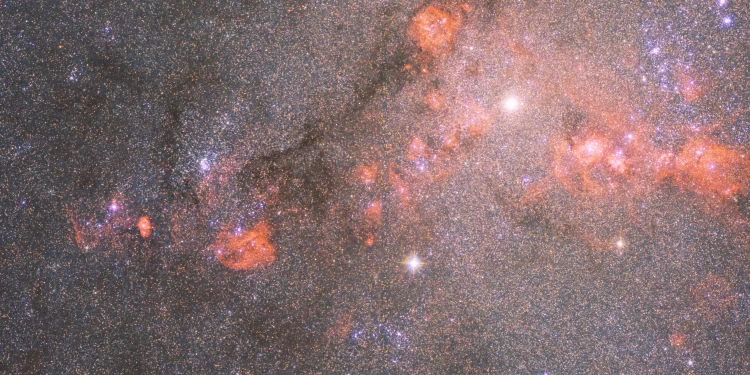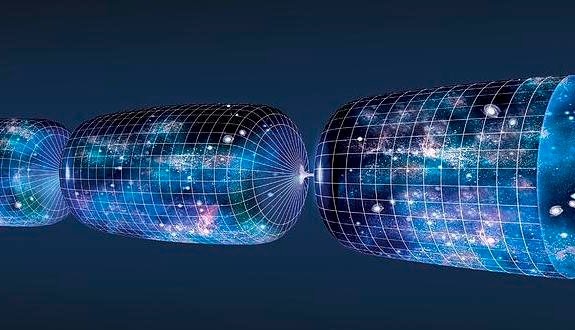The Triangulum Galaxy (Messier 33), a vibrant hub of star formation, has been showcased in a stunning new image captured by the Hubble Space Telescope. This image highlights the breathtaking beauty of one of the largest members of the Local Group of galaxies.
Messier 33, commonly referred to as the Triangulum Galaxy, ranks as the third-largest galaxy in the Local Group, after Andromeda (M31) and our Milky Way. Despite its impressive status, the Triangulum Galaxy is much smaller than its counterparts, spanning only 60,000 light-years across—around half the size of the Milky Way.
Located nearly 3 million light-years from Earth, M33 is renowned for its prolific star production. In fact, it forms stars at a rate 10 times higher than Andromeda, according to NASA. This remarkable activity is evident in Hubble’s latest image, which reveals the intricate details of M33’s star-forming regions.

While many spiral galaxies owe their star-formation bursts to collisions with neighboring galaxies, M33 stands apart. Its well-defined spiral arms suggest that it has experienced minimal interaction with other galaxies. Instead, the galaxy’s intense star formation is fueled by its vast reserves of gas and dust, rather than by galactic collisions. Massive H-II regions—ionized hydrogen clouds—collide within the galaxy, triggering the birth of high-mass stars. These reddish clouds are prominent in the new Hubble image, appearing alongside dark streams of gas that feed this stellar activity.
Unlike typical spiral galaxies, M33 lacks a central bulge, which is usually home to a supermassive black hole. This absence places the Triangulum Galaxy in a rare category known as a pure disk galaxy, a type that accounts for only 15-18% of galaxies in the universe.
In the detailed Hubble image, the “grainy” appearance isn’t noise but rather swarms of individual stars that have been resolved by the powerful telescope. M33 is one of fewer than 100 galaxies close enough to Earth that Hubble can capture its stars in such detail.
This newly released Hubble image, made public on August 21, is part of a larger research project focused on understanding the interstellar medium, star formation, and stellar evolution. The insights gathered from these observations may help scientists predict future events, including the eventual collision between the Triangulum, Andromeda, and the Milky Way galaxies.











